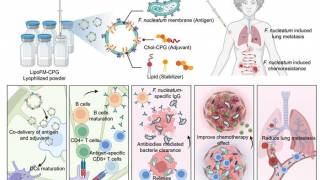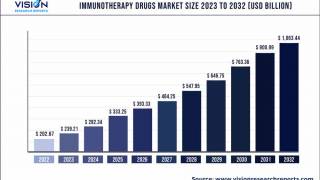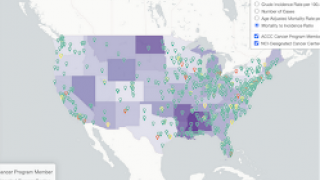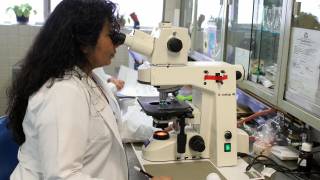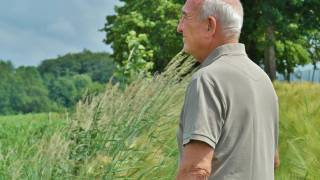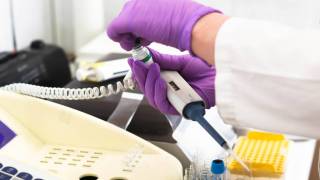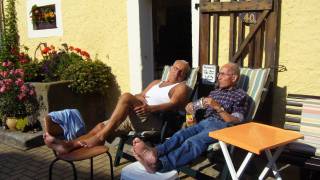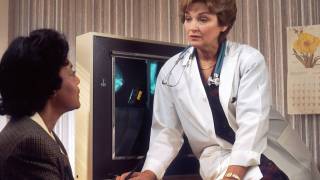57 Million HPV Vaccine Doses Needed by 2026

Over 14 million additional young men and women 11-12 years of age will need to receive the human papillomavirus (HPV) vaccine between now and 2026 to reach the American Cancer Society's 80 percent vaccination rate goal.
To reach this goal by 2026, an additional 6.77 million females and 7.62 million males would need to receive 2 doses of the HPV vaccine.
This means a total of 57.62 million HPV vaccine doses would need to be administered.
Eighteen million two hundred and seventy thousand of those doses represent the additional number of vaccinations needed beyond current vaccination levels for the 80 percent goal to be achieved.
This ambitious goal is based upon the American Cancer Society (ACS) previous analysis that estimated HPV caused about 30,000 cancers and about 6,500 cancer deaths in 2014.
The majority (90%) of these cancers can be prevented through HPV vaccination, says the ACS.
The ACS says HPV accounts for:
- nearly all cervical cancers, as well as,
- 91% of anal cancers,
- 70% of oropharyngeal cancers, and
- 60% to 75% of other genital cancers, such as penile, vaginal, and vulvar cancers.
Investigators led by Stacey Fedewa, Ph.D. set out to determine the number of additional pre-teens aged 11 to 12 years who need to be vaccinated for the ACS goal to be reached.
In 2016, 35.5 percent of females and 31.5 percent of males were up to date with the HPV vaccine by their 13th birthday.
The authors say a disproportionate percentage of males, whites, and privately insured adolescents are not up to date with HPV vaccination.
In the United States, there are several federal and state-based initiatives aimed at improving vaccination rates.
The federally funded Vaccines for Children program provides free vaccines for low-income children, and this program likely contributes to the counterintuitive finding that vaccination rates were higher in Medicaid-insured adolescents versus privately insured adolescents.
"In our study, more than 90 percent of adolescents who had not initiated HPV vaccination by their 13th birthday, had an 11- to 12-year-old wellness visit," said Dr. Fedewa in a press release.
"While we could not determine whether a provider recommended the vaccine during these visits, previous studies show that only about half of parents reported that they had ever received a recommendation to vaccinate their child against HPV," said Dr. Fedewa.
Providers cite several barriers to recommending HPV vaccination, including incomplete knowledge of the vaccine's benefits, parental hesitancy, and anticipated parental refusal or deferment.
These barriers may be particularly prominent among this study population as some providers may anticipate greater parental refusal and discomfort discussing a sexually transmitted infection in younger patients, concluded these researchers.
However, for the vaccine to be most effective, vaccination should be completed at the recommended age of 11-12 years.
The authors conclude that reaching the ACS’s 80 percent goal "requires a broad implementation of the HPV vaccine through innovative strategies for improving physician recommendations, parental acceptance, and access to care."
Which means pharmacists may be the additional provider the ACS needs to reach its 2026 goal.
Recently, a May 2018 study concluded ‘To increase support for HPV vaccination services, pharmacists should raise awareness about their immunization training that ensures coordination with primary care.’
HPV vaccination services are found in most pharmacies in the USA.
To schedule an HPV vaccination appointment with a local pharmacy, please visit this page.
And HPV vaccine discounts can be found here.
Vaccines, like any medicine, can have side effects. You are encouraged to report negative side effects of vaccines to the FDA or CDC.
These researchers did not disclose conflicts of interest: Fedewa, S. A., Preiss, A. J., Fisher‐Borne, M., Goding Sauer, A., Jemal, A. and Saslow, D.
Our Trust Standards: Medical Advisory Committee
- Nearly 14 million additional adolescents need HPV vaccination to reach public health goal
- Reaching 80% human papillomavirus vaccination prevalence by 2026: how many adolescents need to be vaccinated
- Support for pharmacist-provided HPV vaccination: National surveys of US physicians and parents
- 2vHPV Vaccine Reported Safe Once Again
- Cervical Cancer Can Be Reduced Further with Enhanced Screening Guidelines


